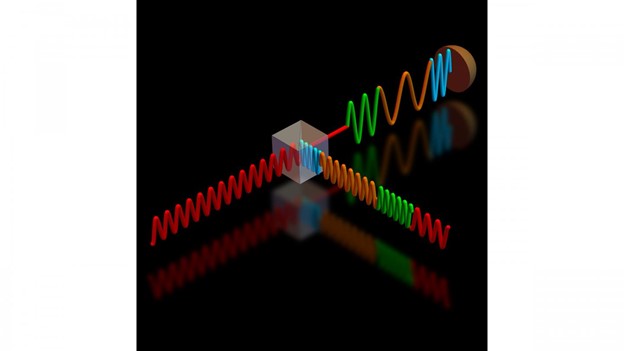Boosting fiber optics communications with quantum-enhanced receivers
Even with fiber optic technology, researchers are warning of a capacity crunch. In AVS Quantum Science, by AIP Publishing, researchers from the National Institute of Standards and Technology (NIST) and the University of Maryland. Demonstrate how quantum-enhanced receivers could play a critical role in addressing the challenge.
The research scientists developed a way to enhance receivers based on quantum physics properties that dramatically increases network performance while significantly reducing error bit rate (EBR) and energy consumption. Fiber optic technology relies on receivers to detect optical signals and convert them into electrical signals. The conventional detection process, largely as a result of random light fluctuations, produces “shot noise,” decreasing detection ability and increases EBR.
Signals must continually be amplified as pulsating light becomes weaker along the optic cable, there is a limit to maintaining adequate amplification when signals become barely perceptible.
Quantum-enhanced receivers, however, process up to two bits of classical information and can overcome the shot noise and improve detection accuracy in laboratory environments. In these and other quantum receivers, a separate reference beam with a single-photon detection feedback is used so the reference pulse eventually cancels out the input signal, eliminating the shot noise. The researchers’ enhanced receiver can decode as many as four bits per pulse, because it does a better job in distinguishing among different input states.
They developed a modulation method and implemented a feedback algorithm that takes advantage of the exact times of single photon detection. The new “holistically” designed communication system yields increasingly more accurate results on average.
The article “Practical quantum-enhanced receivers for classical communication” is authored by Ivan Burenkov, M.V. Jabir, and Sergey V. Polyakov. The article appears in AVS Quantum Science (DOI: 10.1116/5.0036959) and can be accessed at https://aip.scitation.org/doi/10.1116/5.0036959.
Original Source: Eureka Alert

